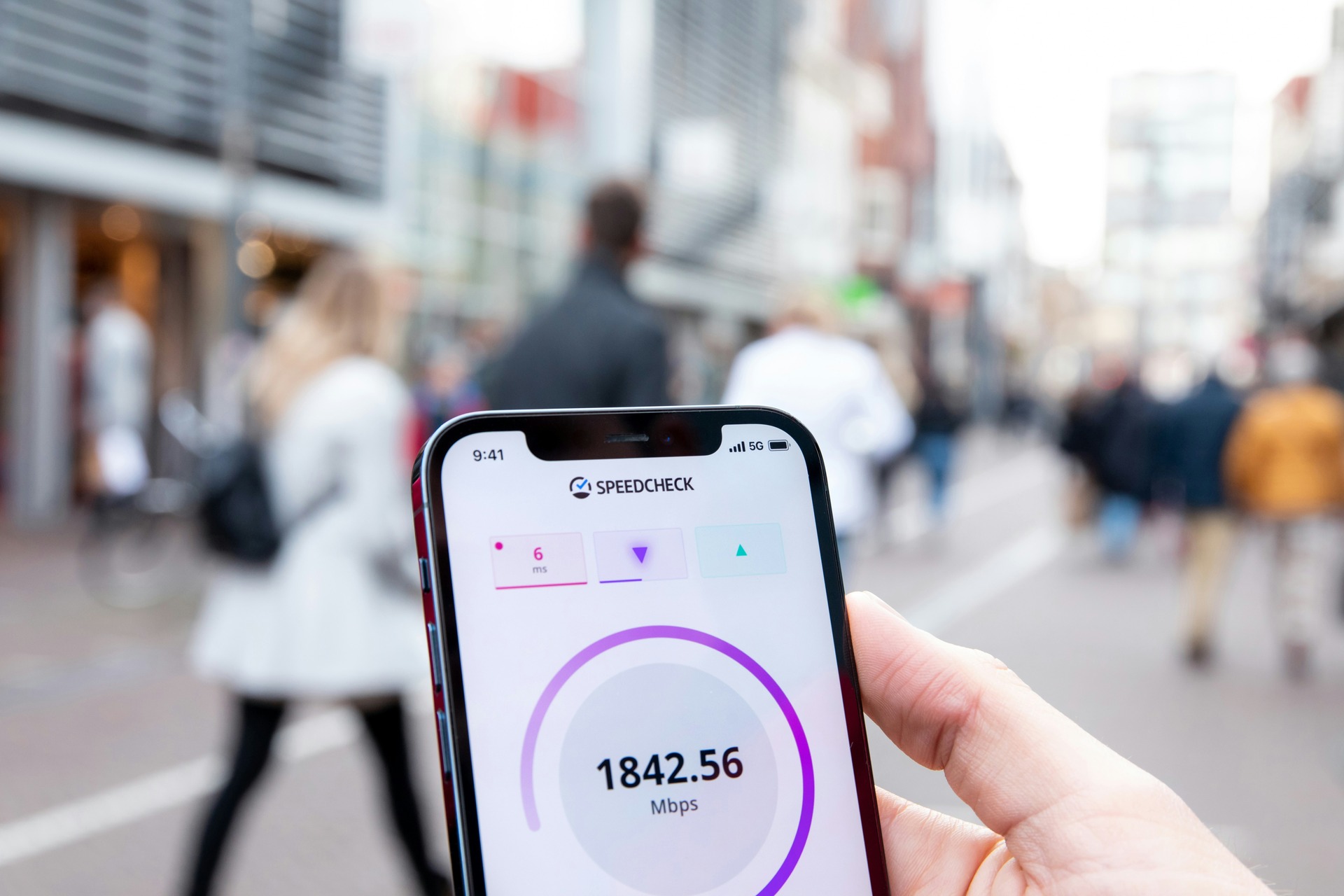If you’ve downloaded an app you longer need, or want to get rid of an app that came with your phone, it’s easy to remove most apps from Android. Your phone provides you with a few different methods you can use to uninstall apps. There are also third-party app managers you can use to mass uninstall or manage apps.
This Is How to Delete Apps on Android
There are a few different ways to delete apps. The simplest way is to uninstall them from your home screen with these steps:
- Find the app you want to uninstall on your home screen.
- Long press the app. On the menu that appears, tap Uninstall.
For some apps that came with your phone, you won’t see the Uninstall option. Instead, it will be replaced by a Disable button. Disabling an app will delete some data that the app stores, but it won’t fully delete that app from your system. These apps can be removed, but you’ll need a different approach. See the Removing Pre-Installed Apps section below.
If your app isn’t on the home screen, you can follow the same steps in the app drawer to uninstall it. You can also delete the app by using your phone’s settings, like so:
- Open your phone’s settings menu. Then, press Apps.
- Scroll through the list of apps until you find the app you want to uninstall. Press it.
- Then, press Uninstall on the menu that opens.
Deleting Apps With a Third-Party App Manager
If you want to uninstall a lot of apps all at once, this process can be kind of tedious. Fortunately, there are also a number of third-party app managers on the app store that you can use to mass uninstall your apps.
Popular options for this task include apps like Easy Uninstaller, Titanium Backup (for rooted phones) and Uninstaller.
The exact process will vary depending on the app you use. For the most part, however, the steps will stay the same. Open the app, give it the necessary permissions and select the apps you want to uninstall.
Removing Pre-Installed Apps
Unfortunately, it’s not possible to uninstall pre-installed apps without a rooted phone. Unless you want to root your phone or have already rooted it, you’ll have to settle for disabling and hiding these apps using third-party app managers.
Rooting a phone is the process of giving yourself root access over your phone’s systems. In effect, rooting will give you almost total access to your phone’s inner workings.
Rooting, however, will also void your warranty and can brick your phone. It can also introduce some new security risks, and some apps — like Google Pay and Netflix — won’t work on rooted phones.
If your phone is already rooted, removing this bloatware will be pretty simple. Some app management apps, like Titanium Backup, are built for rooted phones and will allow you to delete these pre-installed apps as you would any other app.
You can also get rid of these pre-installed apps on a rooted phone by using the Android Debug Bridge, an Android dev tool that you can use to manage your phone. The process is a little involved and does require that you install the App Inspector on your phone. It will definitely allow you to get rid of those pre-installed apps, however.
Removing Apps From Your Phone
Fortunately, most apps can be uninstalled with the simpler methods listed above. If you had to install an app from the app store to get it on your phone, you probably won’t need to mess around with rooting and uninstallers to get rid of it.
Pre-installed apps will be a little more difficult to remove. Even if you don’t want to root your phone, it is still possible to disable and hide these apps. This won’t fully delete them, but it will keep them out of your way.
Recent Stories
Follow Us On
Get the latest tech stories and news in seconds!
Sign up for our newsletter below to receive updates about technology trends














